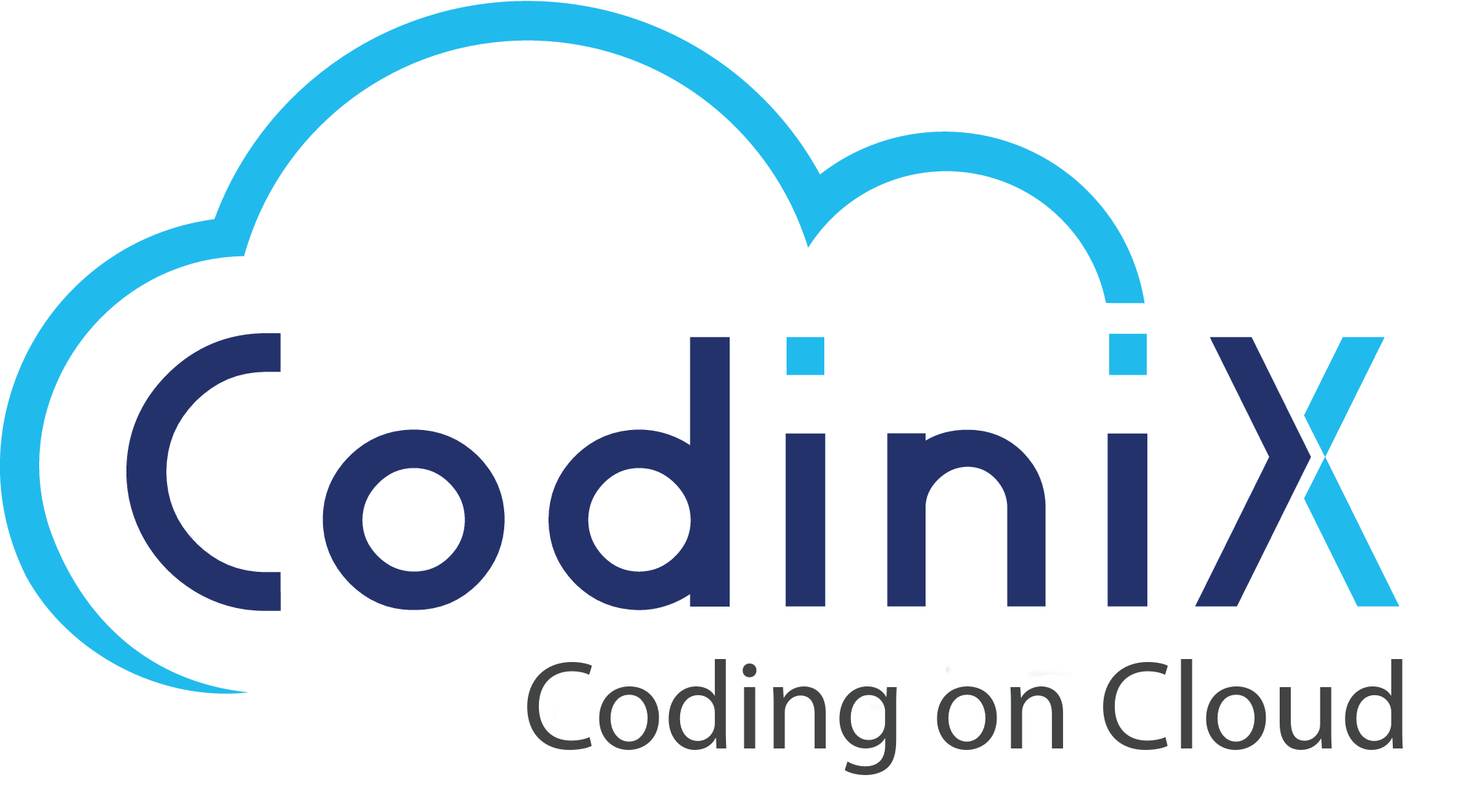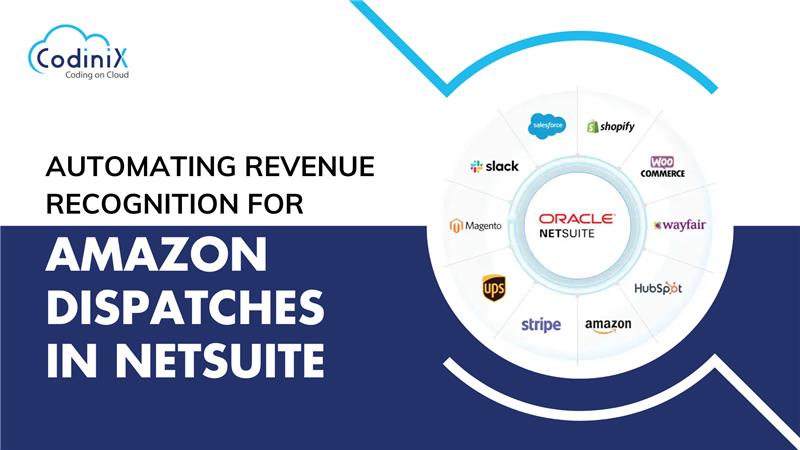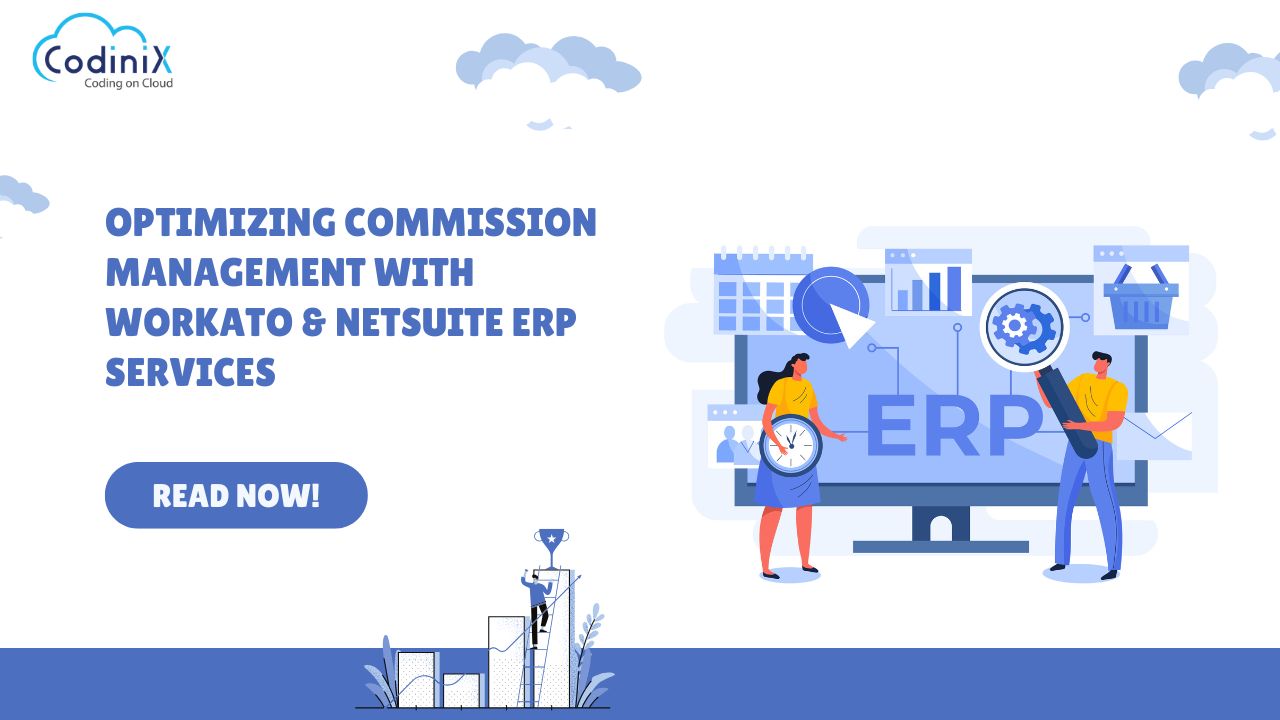Technology: Integration between Salesforce and Microsoft Dynamics 365 Business Central
Industry: Chic & Basic operates in the hospitality sector, providing unique and stylish boutique hotel accommodations
Chic & Basic (https://chicbasic.com.es/)
Chic & Basic, a distinctive boutique hotel brand, is committed to redefining the hospitality experience. With a focus on style, comfort, and unique design, Chic & Basic aims to provide guests with an unforgettable stay beyond traditional hotel accommodations.
Introduction
In the rapidly evolving landscape of modern business, efficient communication between diverse systems is paramount. This case study explores the integration blueprint that unifies Salesforce and Microsoft Dynamics 365 Business Central to facilitate a smoother flow of information.
Case Study Objective
The primary objective of this case study is to showcase the successful integration between Salesforce, a leading CRM platform, and Microsoft Dynamics 365 Business Central, a robust ERP solution. The integration aims to enhance operational efficiency by automating the exchange of critical business data, focusing on Contacts, Opportunities, and Accounts. By eliminating manual data entry and fostering seamless communication, the integration seeks to save time, reduce errors, and create a more responsive and growth-oriented business environment
Solution and Statistics
The solution presented by Codinix Technologies Inc. involves the strategic integration of Salesforce, a leading CRM platform, and Microsoft Dynamics 365 Business Central, a robust ERP solution. The primary goal of this integration is to significantly enhance operational efficiency by automating the exchange of critical business data, with a specific focus on Contacts, Opportunities, and Accounts. By seamlessly connecting these two powerful systems, the solution seeks to eliminate manual data entry, streamline communication, and create a more responsive and growth-oriented business environment.
Integration Process:
1). Authorization with Salesforce: Initiating the integration involves using Postman to authenticate with Salesforce, obtaining a secure "token" for subsequent interactions. This automated login process is comparable to accessing Salesforce credentials but more efficiently and securely.
2). Create and Update Operations: The integration focuses on essential business components.
- Contacts: Adding and modifying contact details seamlessly.
- Opportunities: Drafting and updating business deals or projects.
- Accounts: Adding new business entities and updating existing business information.
3). Bearer Token Usage: The obtained "token" acts as a secure key for authorized data exchange between the integrated systems, ensuring a protected and seamless flow of information.
Benefits of Integration:
- Time Savings: Automation reduces the need for manual data entry, allowing teams to focus on critical tasks.
- Reduced Errors: Automated processes minimize the risk of errors associated with manual data transfer.
- Business Streamlining: Connecting platforms promote overall growth and responsiveness.
- Enhanced Customer Experience: Consolidated data provides a holistic view of customer interactions, enabling personalized and informed support.
- Improved Decision-Making: Unified data facilitates comprehensive insights into customer behaviour, sales performance, and financial metrics.
- 360-degree View of Business Processes: Integration provides a complete view of the customer lifecycle, aiding in optimizing various stages of business processes.
- Increased Productivity: Employees access relevant information from both systems, reducing redundant tasks and focusing on value-added activities.
- Comprehensive Reporting and Analytics: Integration enables the creation of comprehensive reports spanning sales, financials, and customer service.
- Regulatory Compliance: Maintaining accurate and consistent data across departments assists in regulatory compliance.
- Cost Savings: Automation and streamlining lead to savings in time, resources, and potential errors.
- Adaptability to Industry Changes: The centralized system allows quick adaptation to industry changes.
- Competitive Edge: The integrated approach offers a more connected and responsive business model, providing a competitive edge.
Conclusion
The integration between Salesforce and Microsoft Dynamics 365 Business Central is a strategic initiative aimed at improving day-to-day operations and fostering a growth-oriented business environment. By automating data exchange and ensuring secure authorization, this integration not only saves time and reduces errors but also positions businesses to respond faster to market changes, ultimately maintaining a competitive edge in their respective industries. The integration of Salesforce and Microsoft Dynamics 365 Business Central at Chic & Basic likely contributed to operational efficiency, improved guest experiences, informed decision-making, resource savings, enhanced reporting capabilities, adaptability to industry changes, and a strengthened competitive position within the hospitality sector.







